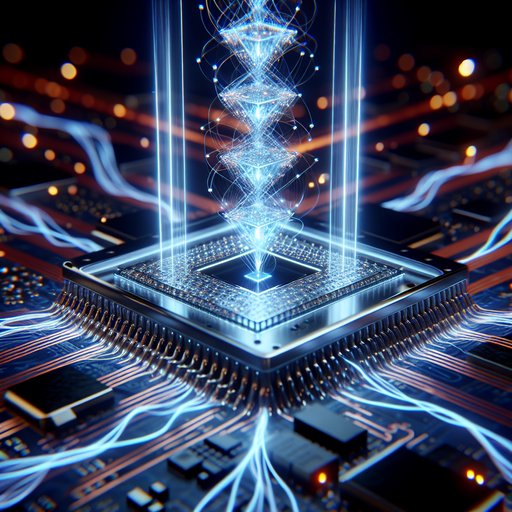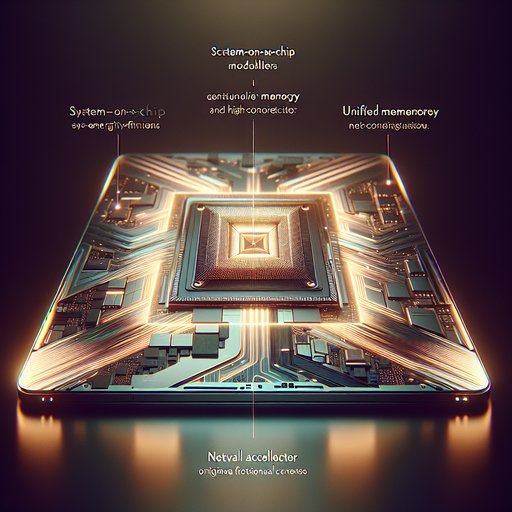
In recent advancements that promise to reshape the landscape of quantum technology, physicists at Aalto University in Finland have reached a new landmark in qubit coherence, and neutral atom quantum computers are gaining significant traction in the market. Additionally, a new system offering a solution to the single-program limitation of quantum computers marks another leap forward. These milestones, each marking a critical juncture in the quantum computing timeline, highlight the progress and ongoing evolution within the industry.
Physicists from Aalto University have achieved a major milestone in quantum coherence by extending the coherence time of transmon qubits to a millisecond threshold [1]. This development means qubits can maintain their state longer, drastically increasing the potential for calculations and reducing error rates in quantum computing. Such an advancement strengthens transmon qubits' role within quantum circuits, offering possibilities for more complex algorithm executions and robust quantum computing tasks. The market for neutral atom quantum computers is also experiencing exponential growth, with forecasts suggesting rapid shipment increases [2].
Major industry players such as AMD, Hamamatsu, and NanoQT are actively investing in this technology, which challenges the traditional superconducting qubit dominance. Neutral atom computers offer benefits, such as lower costs and improved scalability, which makes them a promising alternative for future quantum computing applications. Addressing a persistent hurdle within the field, a novel system has been proposed that turns the bottleneck of operating a single program at any given time into a multifaceted breakthrough [3]. This system allows quantum computers to process multiple programs simultaneously, substantially boosting their functionality and efficiency.
By overcoming this limitation, quantum machines can expedite operations in fields ranging from cryptography to complex simulations, broadening their utility in real-world scenarios. These innovations underscore the fast-paced advancements within quantum technology, characterized by deeper coherence, expanding markets, and newfound capabilities in computational processing. As researchers and companies push these boundaries, the potential applications of quantum computing in everyday technology and advanced scientific endeavors continue to grow. Altogether, the convergence of these advancements marks an exciting time in the evolution of quantum technology, pointing towards a future where quantum solutions are increasingly practical and impactful.
Sources
- New quantum record: Transmon qubit coherence reaches millisecond threshold (Phys.Org, 2025-07-08)
- Neutral Atom Quantum Computers Market Research 2025 | Chip and Component Makers Find Opportunities, Prominent Firms Include AMD, Hamamatsu, NanoQT, Nu Quantum, QBlox and Toptica (GlobeNewswire, 2025-07-08)
- Novel system turns quantum bottlenecks into breakthroughs (Tech Xplore, 2025-07-08)
























